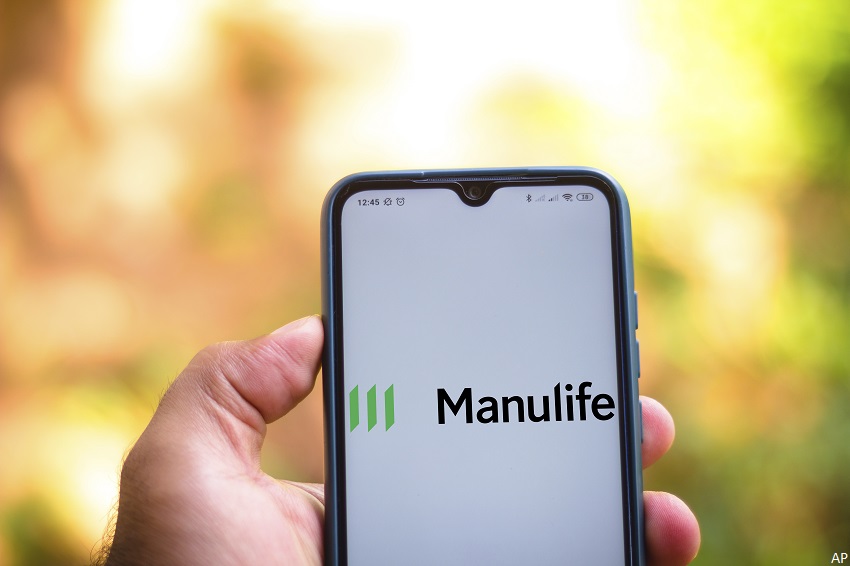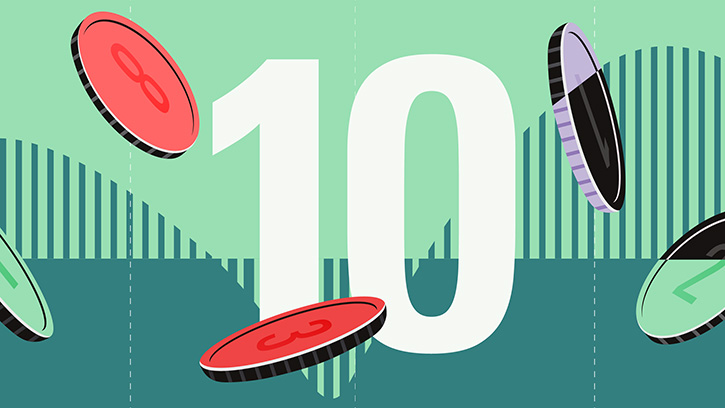
Although Canadian equity markets have had a strong run this year, veteran investor Steve Belisle, at the helm of the $749.1 million 5-star, silver-medalist, Manulife Canadian Dividend Growth Fund F, is reluctant to characterize stocks as expensive or middle-of-the-road. For him, it’s a stock-picker’s market and there are still equities worth buying.
“When we look at the Canadian market we don’t necessarily see it as one entity but one with many different baskets of securities,” says Belisle, managing director and senior portfolio manager at Toronto-based Manulife Investment Management and a member of the eight-person Fundamental Equity team that oversees $8 billion in assets under management. “We still find some companies that offer compelling valuations for the quality of the business. Some stocks are over-valued, but the Canadian banks are attractive at this point. And the oil companies are really cheap.”
Pricing Power vs. Price
Belisle concedes that, generally, stocks are pricier than before the pandemic began. “That partly reflects lower interest rates, which flows through to discount rates that investors use to value companies. Relative to bonds, stocks remain very compelling, especially with an acceleration in inflation. That’s because some companies—and especially the ones we focus on in our funds—have pricing power,” says Belisle, who entered the industry in 2003 after completing a Master in Finance at Haute Etudes Commerciales in Montreal. Belisle joined Manulife in 2015 after it acquired his previous employer, Standard Life Canada. “In this context, we still like equities. But valuations are definitely more expensive than before the pandemic, about 15-20% more expensive.”
Year-to-date (Dec. 9), Manulife Canadian Dividend Growth Fund F has returned 25.56%, versus 23.32% for the Canadian Dividend and Income Equity category. The fund has also outperformed on a longer-term basis. Over the last five years and 10-years, the fund returned an annualized 9.52% and 9.21%. In contrast, the peer group returned an annualized 7.57% and 8.37%, respectively.
Omicron + Tapering =?
While returns have been strong, there remain risks to the downside. One of them is the new COVID-19 variant known as Omicron. “Many stocks are pricing in a normalization of the economy. But if it is slowed down, these stocks have downsides. But, more generally we are concerned with the removal of stimulus, both fiscal and monetary,” says Belisle, who works closely with Christopher Mann in Montreal and Patrick Blais and Cavan Yie, who are based in Toronto. “What we’ve seen has never been seen before, in terms of size of the stimulus. But it will have to come down a lot. At the same time, central banks are tapering their bond-buying programs and are thinking of raising interest rates. There is a risk they will start raising rates sooner than later. If the stimulus is removed that might create some shocks in the market. It could create downside for companies that are over-valued.”
Worsening inflation is another potential source of the downside, Belisle says, noting that some companies have already been hit because they didn’t have the pricing power to withstand inflationary pressures. “If you are in an industry with cutthroat competition and raise your prices, you could lose market share. But if there are high barriers to entry and discipline within the industry, then you can see pricing power. We’ve seen it in railways, and also the payments space, where it’s very hard to replace existing players. These firms can maintain their pricing. These types of companies have this ability to pass through inflationary pressures.”
Leverage? No Thanks.
From an investment perspective, Belisle is a bottom-up investor who favours companies with strong balance sheets and little or no debt. “If you have leverage, and there is a recession, it compounds your problems. Cash flows go down, because revenues are falling. Avoiding debt is a good way to avoid tail risk [in the form of a recession].” In terms of style, Belisle is neither growth nor value-oriented. “We follow a style called ‘core’. It’s more of an institutional terminology; that’s because two-thirds of our assets are with institutional accounts. Core means that we can pursue both growth and value stocks. We are trying to find the best opportunities in the market.”
Rather than study price-to-earnings ratios or other measures, Belisle focuses on free cash flow. “There is so much noise in the market. If you have a Bloomberg terminal you can get so much information about earnings and EBITDA [earnings before interest, taxes, depreciation and amortization], but there is no advantage there. Management uses accounting to ‘tell a good story.’ We rather focus on sustainable cash flow generation. Cash is cash. It doesn’t matter what accounting you are using. If we can calculate how much cash a company is generating then we have a much better idea than looking at EBITDA or earnings,” says Belisle, adding that his team determines discounted cash flow (DCF) analysis for potential holdings and look anywhere from 10 to 30 years into the future.
Show Me the Money
“A lot of the market focuses on ‘adjusted measures’ that are not in accordance with accounting standards,” Belisle adds. “There is a lot of freedom for management to make these numbers look good. Lots of investors say they care about cash flow. In our case, it’s the sole focus.”
In assessing management, Belisle focuses on the return on invested capital, which is determined by dividing the cash flow measure by invested capital. “This really reflects management’s quality and their ability to allocate capital. Is that company generating a high rate of return? If the answer is yes, then it’s creating more value for their shareholders every year. So we stay agnostic as to management’s ability as a promoter. We try to focus on what management is delivering for shareholders.”
The other intriguing aspect of his team’s style is that it is holding about 30% of the portfolio in U.S. companies, which is about three times higher than competing funds in the peer group. “There is a big imbalance in the Canadian market which has a large weighting in the banks and commodities. But there is no healthcare to pick from, and it’s very limited on the technology side. From our perspective, a good way to diversify and get exposure to those sectors is to go to the U.S. Over the years we have developed this capability and tried to improve the risk-return profile by getting exposure to superior companies in sectors that are not readily available in Canada.” Belisle admits that U.S. stocks generally provide lower dividend yields than Canadian names, yet they offer the promise of capital appreciation.
Exchanges and Equipment
One top Canadian name in a portfolio with 50 holdings is TMX Group Ltd. (X), the owner of the Toronto and Montreal Exchanges. “This is a good quality company because it has a sustainable advantage and very high barriers to entry. There have been attempts to compete but the company continues to grow. It benefits from sticky pricing and is able to pass through inflation,” says Belisle, adding that the firm has expanded into data services and analytics, through the acquisition of Trayport Holdings Limited’s energy trading platform.
The stock is trading at a free cash flow yield of 5.5%. “That’s compelling for this type of company,” says Belisle, adding that his team’s base case is for 25% upside on the stock. The stock pays a dividend of 2.4%, which is slightly below the portfolio average of 2.95%.
On the U.S. side, the team likes Qualcomm Inc. (QCOM), a leading maker of semiconductors. “The stock was particularly cheap, compared to other semiconductor makers,” says Belisle. “It was overly dependent on Apple Inc. [AAPL] for its main customer. But with the roll-out of 5G we see Qualcomm diversifying. 5G will be used not just in cell phones, but also the internet-of-things. That will drive outsize revenue growth. Their target is 30%. The roll-out of 5G will also diversify their business away from the cyclical handset market and from Apple.”
Qualcomm’s stock is up about 22% year-to-date. “But our estimates of free cash flow yield have also gone up. So it’s still attractive,” says Belisle, adding that the firm generates a 5.4% cash flow yield, versus 4% for competitors such as Texas Instruments Inc. (TXN) “Our base case [for capital appreciation] is 48% upside. We think the stock is really under-valued.”






















